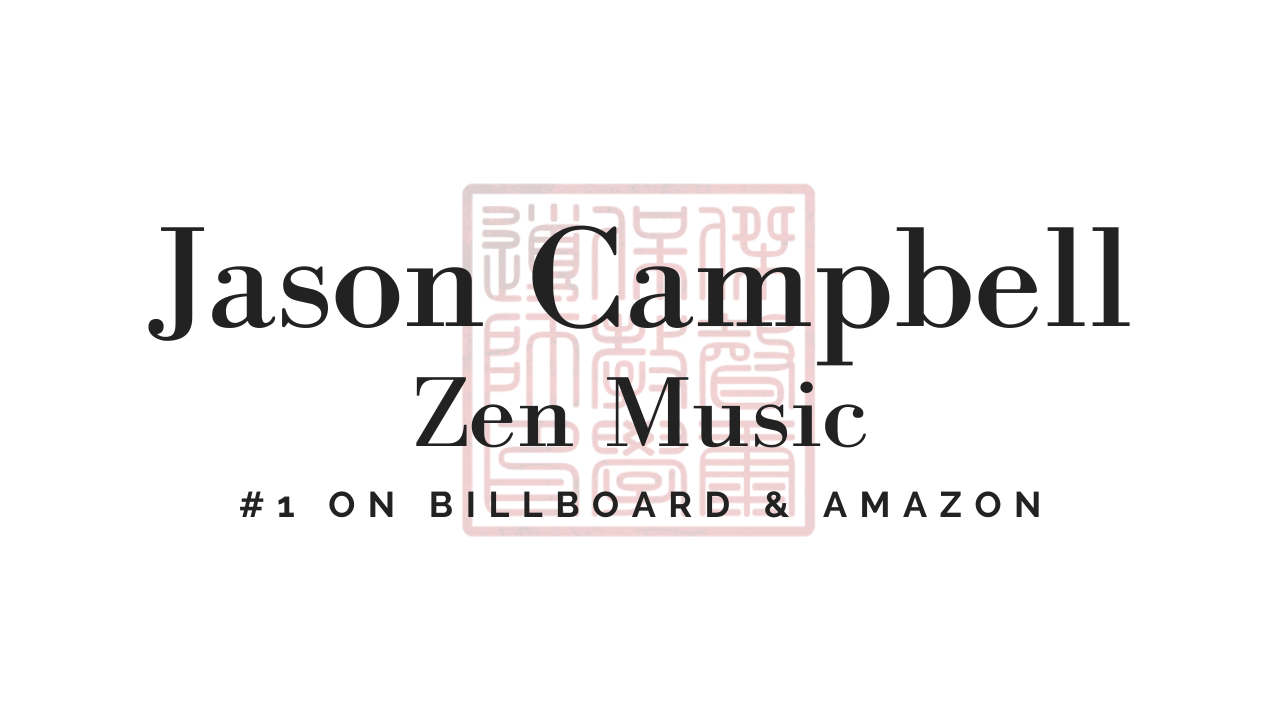Embracing Duality for Personal Growth: A Teaching Inspired by Ancient Wisdom and Modern Practice
The Nature of Opposites
Life, at its core, is a dance of contrasts. Ancient sages, recognizing this interplay, devised a simple yet profound framework to explain the world around them. They observed that everything could be categorized into dualities: hot and cold, light and dark, inside and outside, happy and sad. This classification, often referred to as yin-yang, highlights an essential truth: opposites are not just coexisting forces but interdependent ones.
Take a moment to observe the everyday. The concept of “inside” only holds meaning because there is an “outside.” Similarly, joy is understood in contrast to sorrow. These dualities are not in conflict; rather, they rely on each other for existence. This principle invites us to shift our perspective on life’s challenges. Instead of resisting problems, we can see them as integral to finding solutions.
Problems as Catalysts
In a culture that often seeks to avoid discomfort, there is a tendency to label issues as undesirable. Whether we call them "problems" or reframe them as "challenges" or "opportunities," their essence remains unchanged. They are the necessary counterpart to solutions. Without night, day loses its context. Without difficulties, triumphs have no meaning.
By viewing problems as allies rather than adversaries, we unlock a deeper understanding of ourselves and our capacities. Consider the analogy of disease. The presence of a disease is not merely an enemy but also a signal of the body’s vitality. Without the intricate system that allows us to sense and respond to disease, our existence would falter. In this way, challenges can be seen as mechanisms that keep us alive and thriving.
Balancing Giving and Receiving
In a world of constant demands, particularly for those in caregiving or leadership roles, it’s easy to lose oneself in the act of giving. This imbalance can lead to depletion. To sustain ourselves and others, we must return to the principle of duality—giving cannot exist without receiving. Just as a flame requires both oxygen and fuel, individuals need moments of restoration to fuel their capacity to give.
Taking time for self-reflection and inner work is not a luxury; it is a necessity. This practice allows us to cultivate our internal resources, enabling us to show up fully for others. Pausing to breathe, to center oneself, and to engage with the present moment is an act of replenishment.
The Power of Breath and Stillness
Breathing is more than a physiological act; it is a gateway to presence. Structured breathing exercises, such as inhaling and exhaling to rhythmic cues, create harmony between the body and mind. By focusing on breath, we activate the nervous system in a way that promotes calmness and clarity. The intentional practice of holding and releasing breath can symbolize the acceptance and release of life’s dualities.
During these exercises, subtle adjustments in posture—lifting the spine, dropping the shoulders, and engaging the core—reinforce the connection between body and mind. These micro-adjustments remind us that mastery lies in the details. The more we attune ourselves to these subtleties, the more aligned we become with the natural flow of life.
Energy and Movement
The human body is an intricate web of energy highways. In movement practices, such as shaking the limbs or engaging in exercises like bone tapping, we stimulate these pathways. These actions not only invigorate the body but also deepen our awareness of the energy within and around us. Movements that emphasize grace, like lifting and lowering the arms as though handling a delicate cloud, instill a sense of ease and poise.
This principle extends to how we carry ourselves throughout the day. Moving with intention and grace can influence our mental and emotional states, creating a ripple effect that enhances our interactions and decisions.
Engaging with Fire and Grace
Fire, often associated with heat and passion, can be a transformative force. In physical practices, the sensation of heat in the body—whether through holding a stance or engaging the lower muscles—serves as a reminder of our inner strength. Leaning into this discomfort and finding stillness within it mirrors life’s challenges. It teaches us to remain grounded amidst adversity.
Grace, on the other hand, is the quality of moving through life with ease and dignity. It is cultivated by harmonizing effort with relaxation. Practices that combine dynamic and gentle movements teach us to embody this principle, enabling us to face life’s trials with composure.
Cultivating Presence
One of the most profound lessons is the art of being fully present. Whether through focused breathing, intentional movement, or simple observation, presence allows us to experience life as it unfolds. This attentiveness turns the mundane into something extraordinary. It is not about changing the external world but about deepening our engagement with it.
A teacher once remarked on transforming “low art” into “high art” through meticulous attention to detail. In the same vein, the simplest actions—breathing, sitting, or standing—can become profound acts of connection when approached with care and intention.
Setting the Tone for the Day
How we begin our day influences its trajectory. Engaging in practices that center the mind and invigorate the body creates a foundation for navigating the hours ahead. Visualizing oneself in a state of stillness and grace can anchor this intention. Such rituals are more than routines; they are acts of self-empowerment.
By concluding these practices with a moment of reflection—choosing a single intention for the day—we align our actions with our values. This alignment fosters a sense of purpose and clarity.
Conclusion
Life’s beauty lies in its complexity, in the interplay of opposites that shape our experiences. By embracing these dualities, we find a path to growth and fulfillment. Through intentional breath, graceful movement, and mindful presence, we create a bridge between the physical and the profound. This journey inward, far from being an escape, equips us to engage more fully with the world around us. In the end, it is this harmony with ourselves and our environment that defines a life well-lived.

